Smart Temperature Humidity Sensor, Tuya Smart Home WiFi Temperature Humidity Sensor with Alexa Google Voice
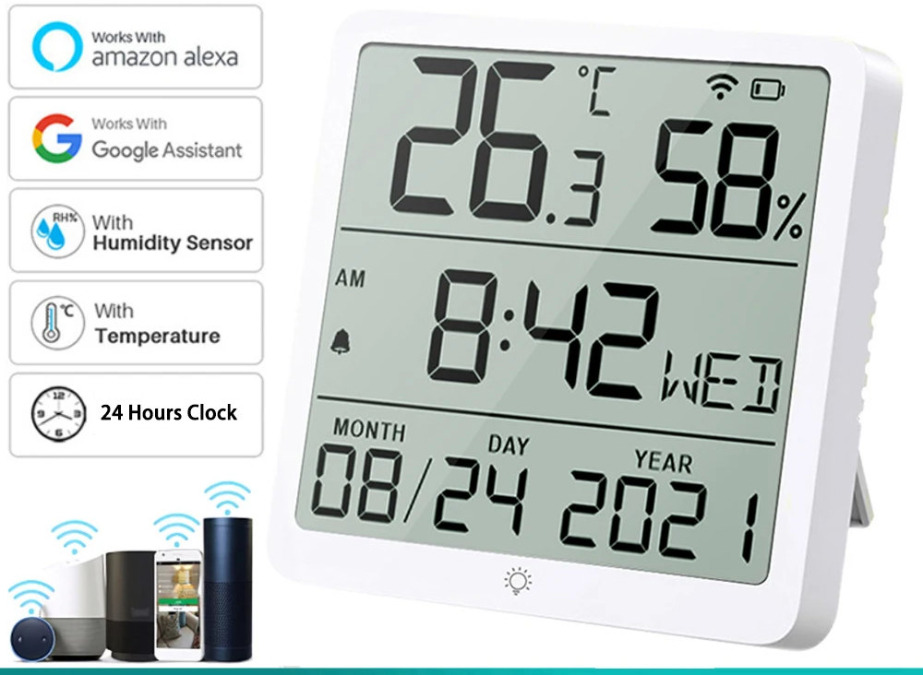
Smart temperature humidity sensors work by combining various technologies to measure and monitor environmental conditions. Here's a general overview of how they work:
Sensor Elements: Smart temperature humidity sensors typically contain two primary sensor elements - one for temperature and one for humidity. These sensors are designed to detect changes in temperature and humidity levels accurately.
Data Collection: The sensors continuously collect data on temperature and humidity from the surrounding environment. This data is then processed by the sensor's internal circuitry.
Data Processing: Once the data is collected, the sensor's internal circuitry processes it to ensure accuracy and reliability. This processing may involve calibration to adjust for factors such as drift or environmental interference.
Connectivity: Smart temperature humidity sensors are equipped with connectivity options such as Wi-Fi, Bluetooth, or Zigbee, allowing them to transmit data wirelessly to other devices such as smartphones, computers, or centralized control systems.
Data Transmission: The sensor sends the processed data to a designated receiver or hub using the chosen connectivity method. This transmission can be continuous or scheduled at specific intervals, depending on the application and requirements.
Data Analysis and Storage: Upon receiving the data, the receiving device or system may perform further analysis, store the data for historical reference, or trigger actions based on predefined thresholds or rules. This analysis may include trend analysis, anomaly detection, or predictive modeling to derive insights from the collected data.
User Interface: Smart temperature humidity sensors often come with a user interface, which can be a mobile app, web interface, or dedicated software. This interface allows users to monitor real-time temperature and humidity levels, set alerts or notifications, and access historical data for analysis.
Integration with Smart Systems: Smart temperature humidity sensors can be integrated with other smart home or building automation systems to enable advanced functionalities such as adjusting HVAC systems based on environmental conditions, optimizing energy usage, or triggering automated responses in case of emergencies.
Overall, smart temperature humidity sensors provide a convenient and effective way to monitor and manage environmental conditions in various settings, including homes, offices, warehouses, and industrial facilities.
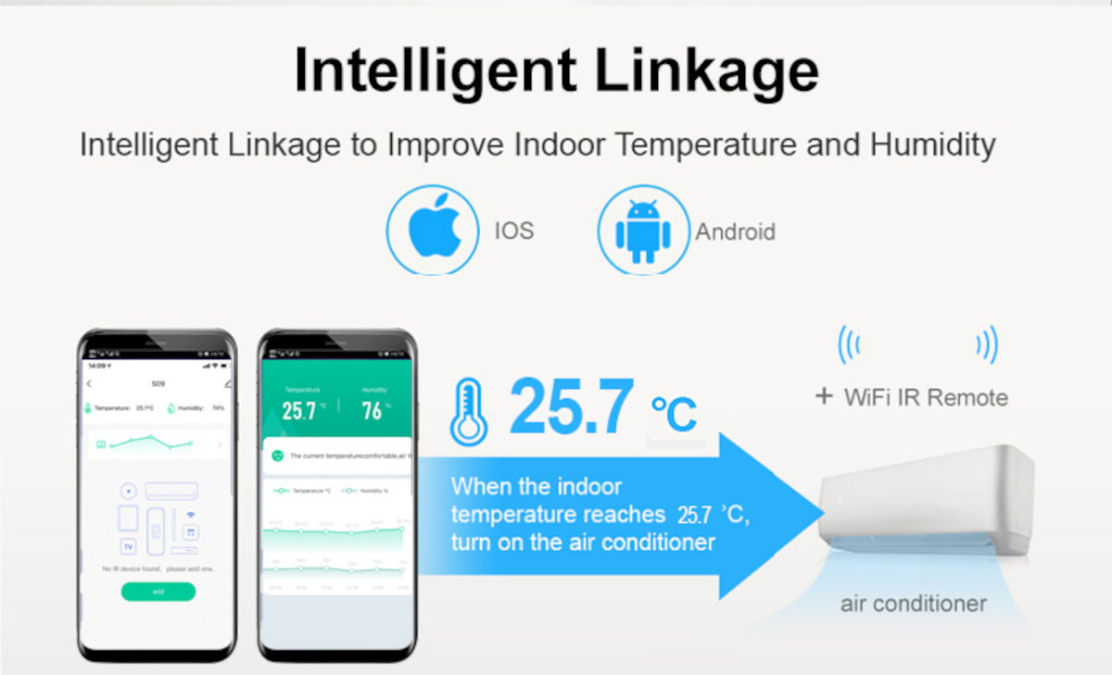
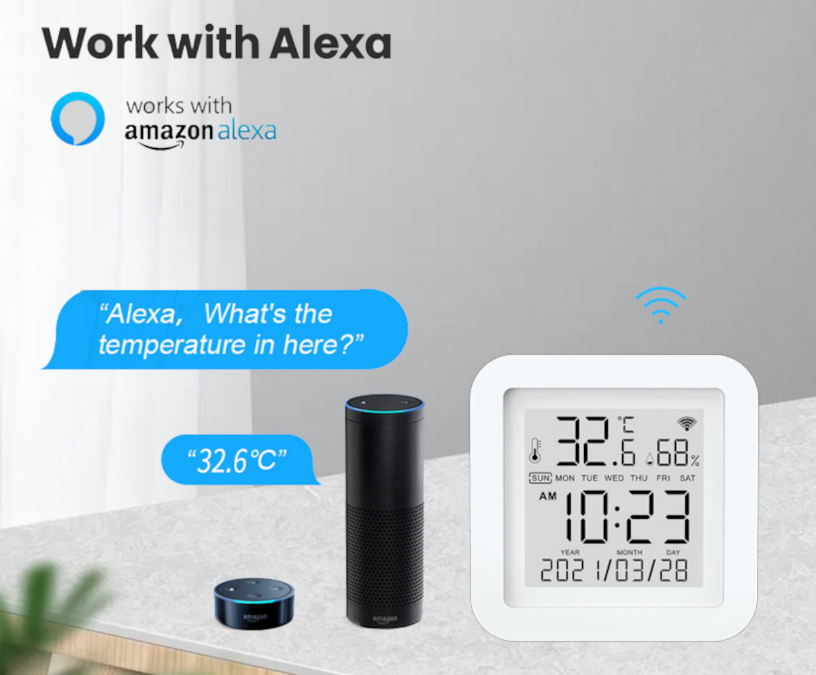

Tuya Smart Home WiFi Temperature Humidity Sensor
ACCURACY - Super-accurate temperature and humidity measuring values, can compare with domestic famous temperature and humidity sensor, even better than it.
INTELLIGENT LINK - When the ambient environment change, you can execute intelligent link programming. For instance, when the room temperature surpass 30°C, the air-conditioner will open automatically, or when the humidity lower than 20% RH, the humidifier will spray, make you feel comfortable anytime.
REAL-TIME UPDATE WITHOUT DELAY - Real-time monitoring of indoor temperature and humidity.
VOICE CONTROL - You can voice control this device with Amazon Alexa.
Date published: 10 Apr. 2024
Robot Vacuum Cleaner, ABIR X8 Robot Vacuum Cleaner Dual Laser+SLAM Navigation 6500PA Suction with low noise Multiple Floors Maps
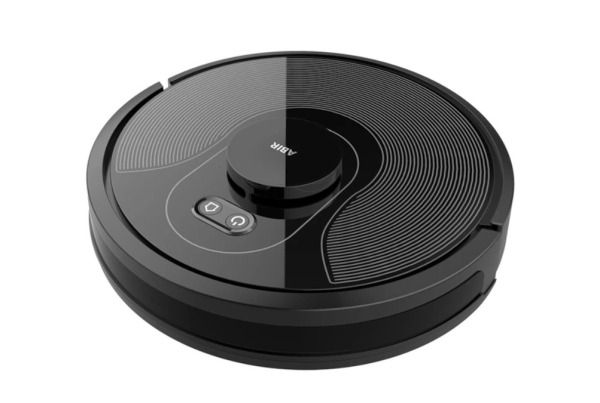
Using a smart vacuum cleaner offers several benefits compared to traditional vacuum cleaners: Convenience: Smart vacuum cleaners can be controlled remotely via a smartphone app or voice commands, allowing you to start, stop, or schedule... read more
Active Smart Watch Fitness Tracker, Xiaomi Redmi Watch 3, Blood Oxygen Heart Rate Sleep Monitor
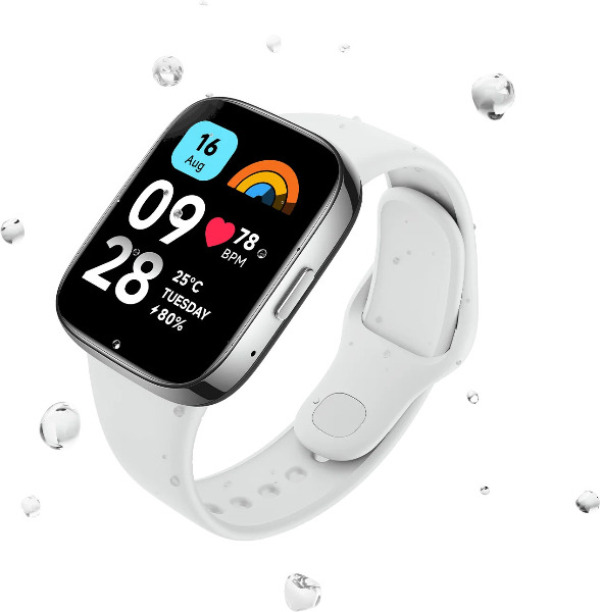
An Active Smart Watch Fitness Tracker offers a range of benefits for individuals looking to improve their fitness and overall health. Here are some of the key advantages: Activity Tracking: Fitness trackers monitor your daily activity levels,... read more
Smart Garage Door Opener, Genie ALKT1-R Smart Garage Door Opener Controller, Aladdin Connect Kit

A smart garage door opener controller serves a similar function to a complete smart garage door opener system but is designed to work with existing garage door opener mechanisms. Here's how it typically works: Installation: The smart garage... read more

 I found this product on aliexpress.com
I found this product on aliexpress.com